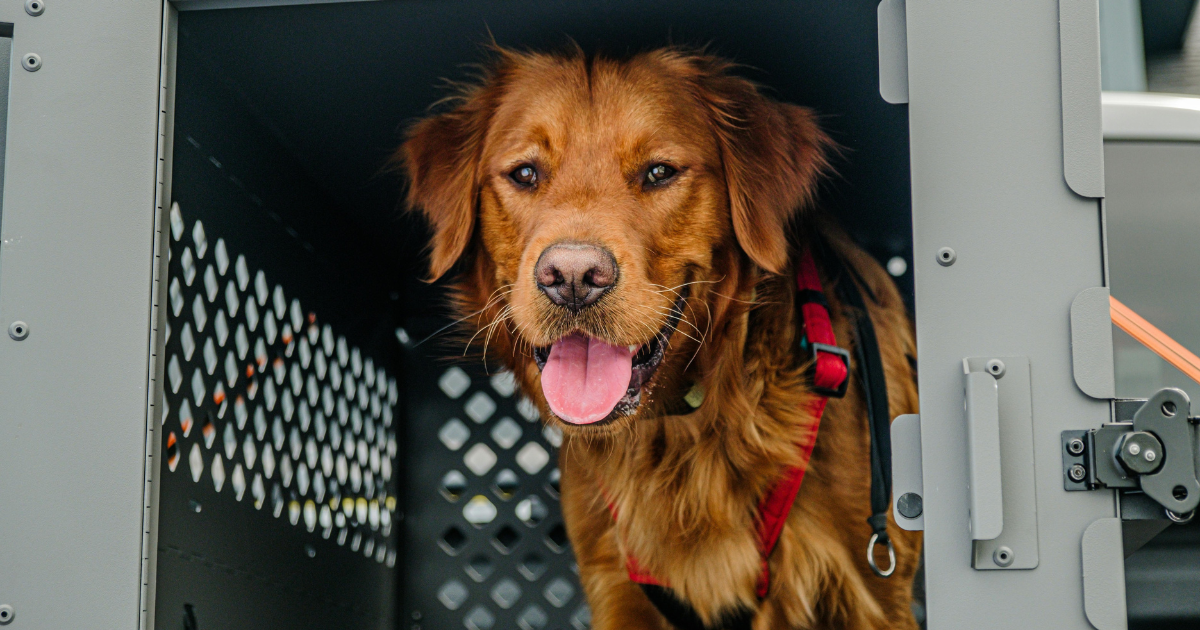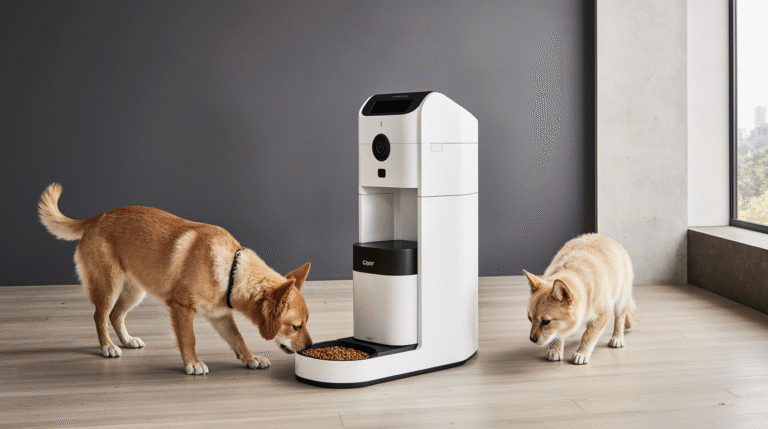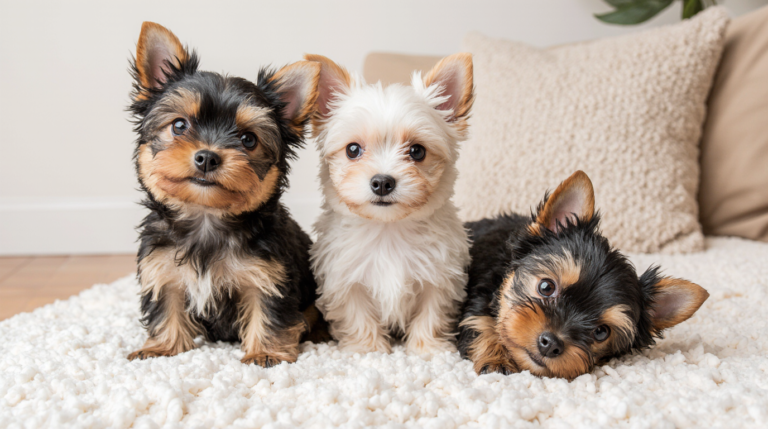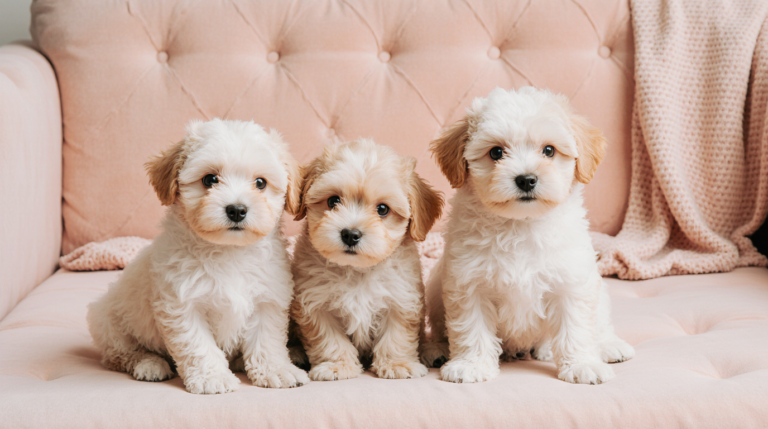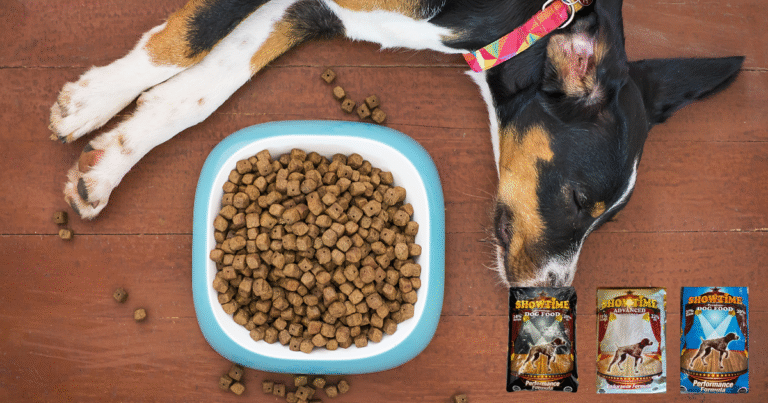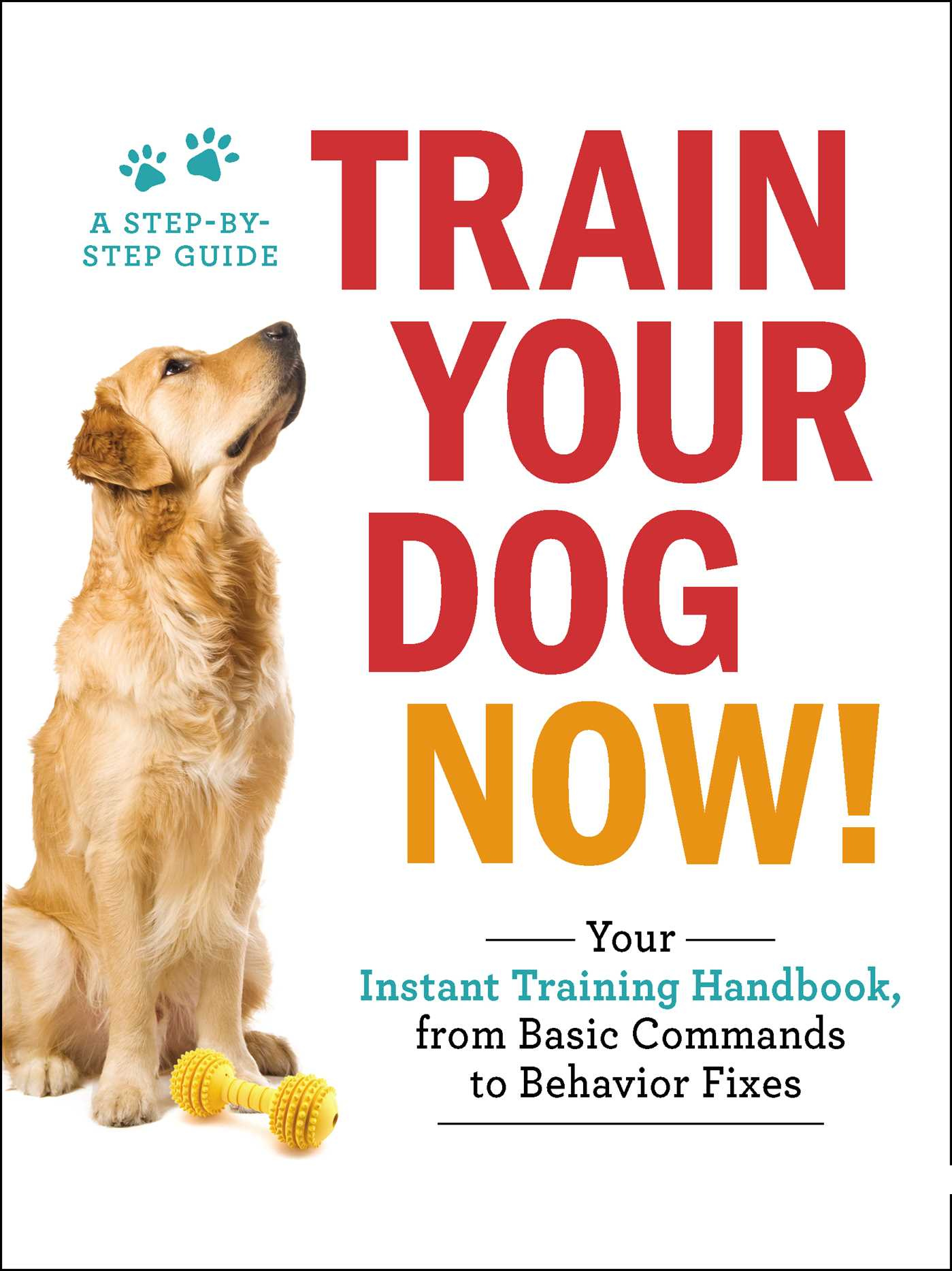How to Crate Train a Dog
How to Crate Train a Dog: A Complete Guide for You and Your Pup
Crate training a dog is more than teaching them to stay in a box—it’s giving your furry friend a personal sanctuary, a place of comfort and safety. As your puppy learns to settle in, or your adult dog adapts after rescue or rehoming, that crate becomes their oasis. In this guide, you’ll discover exactly how to crate train a dog successfully. You’ll learn gentle, science-backed methods—and you’ll also meet Adrienne Farricelli, a veteran behavior consultant whose professional course can support your journey every step of the way.
Table of Contents
How to Crate Train a Dog: Why It Makes All the Difference
The Den Instinct
Dogs evolved to seek small, cozy spaces that mimic dens. When you use the crate correctly, it taps into that instinct, helping your dog feel grounded and calm.
Key Benefits for You and Your Dog
- Efficient house training—puppies pick up bladder control faster
- Home protection—your pup stays safe when you’re away
- Separation anxiety relief—a predictable routine eases stress
- Easier travel and vet visits—crate-trained dogs adjust more quickly
Adrienne Farricelli, a CPDT-KA® certified trainer, emphasizes that pairing crate training with positive reinforcement brings emotional balance, especially for dogs with fearful or anxious backgrounds.
Thinking about sharing a mushroom snack? Read this guide before you do.
How to Crate Train a Dog: Choosing the Best Crate
Here’s how to pick a crate that’s just right:
Types of Crates (At-a-Glance)
| Type | Best For | Pros | Cons |
| Wire Crate | Most dogs | Good airflow, simple setup | Lacks insulation |
| Plastic Crate | Nervous dogs, travel | Cozy, airline-approved | Bulky, limited visibility |
| Soft-Sided | Calm, small breeds | Lightweight, portable | Easily chewed |
| Heavy-Duty | Escape artists, strong dogs | Very sturdy | Expensive, hard to move |
Make sure your dog can stand, turn, and lie down comfortably. For growing puppies, use dividers to prevent accidents.
Set the crate in a quiet but communal area—your bedroom or living room works well. Avoid tying it to punishment or isolation.
Top-Rated Crates on Amazon
Here are some thoughtfully selected crate options, each chosen to help you explore what might work best for your dog’s needs:
MidWest Homes for Pets iCrate
- Perfect for most dogs, thanks to its foldable wire-frame design
- Includes a divider and leak-proof pan—ideal for puppies
- Trusted by thousands of pet parents for its convenience and versatility
👉 Click to shop on Amazon – Transform training with ease!
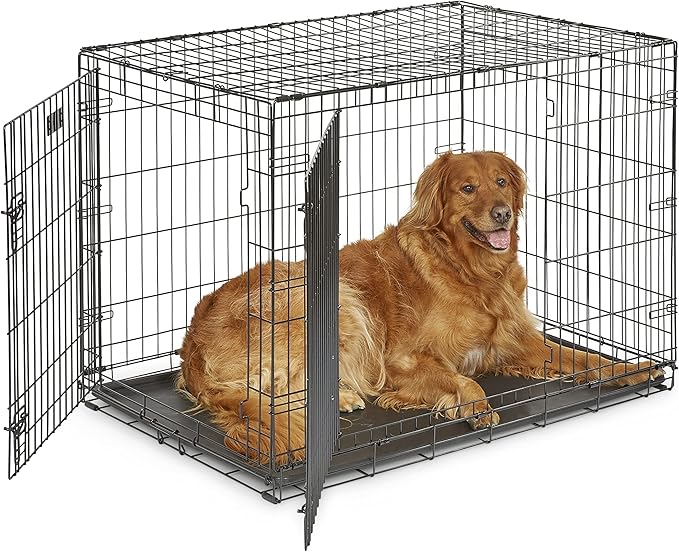
Gunner G1 Kennel
- The ultimate high-end heavy-duty crate, rated for crash safety
- Designed for outdoor adventures, travel, and rugged durability
- Built to survive extreme conditions and protect your dog
👉 Check it out on Amazon – Secure adventure-ready comfort!
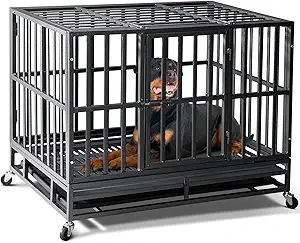
Snuowu Heavy-Duty Crate
- Built for escape artists and powerful breeds
- Includes dual doors and lockable wheels for easy mobility
- Lifetime-tested for durability
👉 Explore it on Amazon – Rugged strength meets modern design!
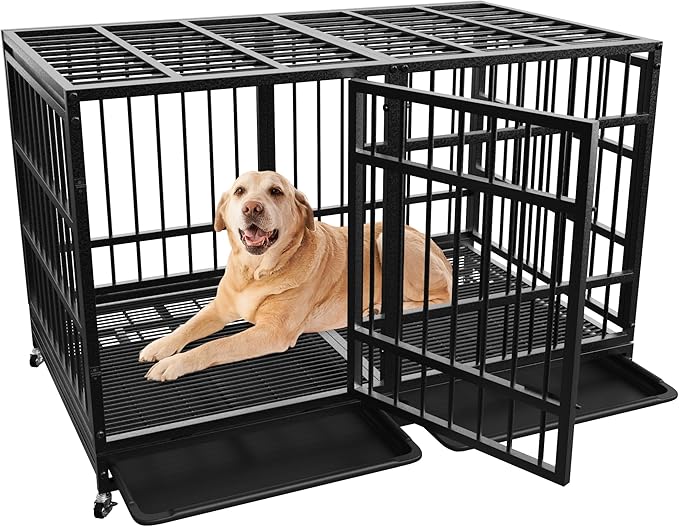
How to Crate Train a Dog—Step by Step
This is a gradual, confidence-building process—not coercion.
Step 1: Create Positive Associations
- Leave the crate open so exploration is voluntary
- Toss in treats, toys, or even your worn T-shirt
- Let your pup discover it without pressure
Step 2: Feed Meals in the Crate
- Place meals at the entrance, then gradually deeper
- Close the door briefly mid-meal, then open it calmly
- This shows mealtime is a happy, secure experience
Step 3: Practice Brief Sessions
- Once your dog enters willingly, cue with “Crate time”
- Start alone for 5–10 minutes, with you nearby
- Gradually step away, return calmly and praise
Step 4: Wear Crate Time into Your Routine
- Crate your dog before short departures
- Build up from 15 minutes to longer intervals
- Return quietly—no dramatic displays
Step 5: Overnight Training
- Keep the crate in your bedroom at first
- Be ready for nighttime potty needs
- Gradually move it to its permanent resting place
Intuitive pacing is key. Adrienne’s method teaches you to read your dog’s signals for when they’re ready to advance.
Some owners wonder about adding milk to their dog’s diet—here’s what you need to know.
How to Crate Train a Dog:Building a Daily Crate Routine
Dogs thrive on structure. Here’s a typical crate schedule for a puppy:
| Time | Activity |
| 7:00 AM | Potty + breakfast |
| 7:30 AM | Crate (rest) |
| 9:00 AM | Playtime |
| 9:30 AM | Crate (nap) |
| 12:00 PM | Potty + lunch |
| 12:30 PM | Crate (quiet time) |
| 3:00 PM | Playtime |
| 4:00 PM | Crate (rest) |
| 6:00 PM | Dinner |
| 9:00 PM | Bedtime (crate overnight) |
Set one for puppies, another for adult dogs, and adjust as your pup’s habits evolve.
Do’s and Don’ts When Learning How to Crate Train a Dog
✅ Do:
- Use treats and praise liberally
- Keep crate visits calm and rewarding
- Provide crate-only toys or chews
- Consider a lightweight cover for cozy comfort
❌ Don’t:
- Use the crate as punishment
- Force your dog in
- Leave them crated all day without breaks
- Let kids disturb a crated dog
Adrienne teaches award-based methods, steering clear of outdated dominance tactics. It’s about building trust—one calm, motivated step at a time.
Yummy Crate Training Treats
Snacks can make crate time exciting:
| Treat | Ingredients | Ideal For |
| Frozen Kong | Peanut butter + banana + kibble | Busy chews |
| Pup Popsicles | Chicken broth + apple pieces | Cooling treat |
| Lick Mat Spread | Greek yogurt + mashed blueberries | Calm-down activity |
Use these only during crate time—no bribes, just fun!
Puppies vs. Adults
Puppies:
- Need frequent potty breaks (every 2–3 hours)
- Thrive on short training sessions
- Crate stays near you for nighttime comfort
Adult Dogs:
- Might start anxious or suspicious
- Require slower desensitization
- Reward every small step of trust
Adrienne’s professional course includes tailored plans for each age group and temperament, helping you deal with everything from rescue stress to stubborn habits.
Learn more here: Adrienne Farricelli’s Professional Dog Training Course
Troubleshooting Crate Training
Setbacks happen—and they’re fixable.
- Whining/Barking: Wait for quiet before opening the door
- Refusal to Enter: Return to earlier steps
- Bathroom in the Crate: Clean with enzyme spray and adjust break schedules
If progress stalls, Adrienne’s force-free framework supports solutions that fit your dog’s personality and daily life.
Why Adrienne Farricelli’s Approach Works
Adrienne brings over 15 years of experiential knowledge:
- Professional start in an animal hospital (2006)
- Shelter experience and fostering (since 2007)
- Dual certification—Italian Association & CPDT-KA®
- Over 200 hours of apprenticeship with a master trainer
- Background in obedience, freestyle training, behavior consulting
- Contributor to USA Today, PetHelpful, Everydog Magazine
- Author of a chapter in Puppy Socialization: An Insider’s Guide
She teaches gentle, research-based methods free from punishment—making training a positive, trust-building process.
Where to Go from Here
Crate training doesn’t end when your dog settles in. It continues as they grow and as your relationship deepens. You’ll keep refining routines, adjusting crate placement, and reinforcing positive behavior.
If you’re looking to truly master how to crate train a dog—with structured guidance, personalized feedback, and expert instruction—consider exploring Adrienne Farricelli’s professional training program. It’s a natural next step for anyone committed to raising a confident, well-rounded canine companion.
Discover Adrienne’s Course Here
FAQs on How to Crate Train a Dog
How long does it take to crate train a dog?
With daily consistency, many dogs adjust within 2–4 weeks. Puppies are often faster; adult dogs might take longer when rebuilding trust.
Can crate training help with separation anxiety?
Yes. A predictable routine plus a safe, comforting space often helps anxious dogs feel more secure.
Is it okay to crate a dog while at work?
Yes—for up to 4–6 hours while you’re away. Make sure they get exercise before and after. For longer periods, consider a dog walker or brief dog daycare.
Should I cover the crate?
Many dogs prefer a partially covered crate as it feels den-like. Observe your dog’s comfort and adjust as needed.
Thinking about sharing a mushroom snack? Read this guide before you do.
Final Thoughts – How to Crate Train a Dog and Create a Safe Space That Lasts
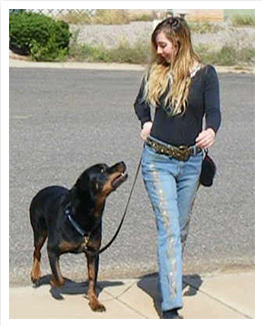
Crate training done right provides more than just a routine—it creates a space where your dog feels secure, understood, and truly at home. When you notice your dog settling in with confidence, it’s a sign that you’ve built something meaningful. If you’re looking to take the next step in learning how to crate train a dog, Adrienne Farricelli’s science-backed program offers structured support grounded in real experience and positive reinforcement.
Begin today—nurture your dog’s space, deepen your bond, and enjoy the lasting benefits of a calm, confident companion.
👉 Ready to take the next step?
Explore Adrienne Farricelli’s full training program now and give your dog the calm, secure sanctuary they deserve.

